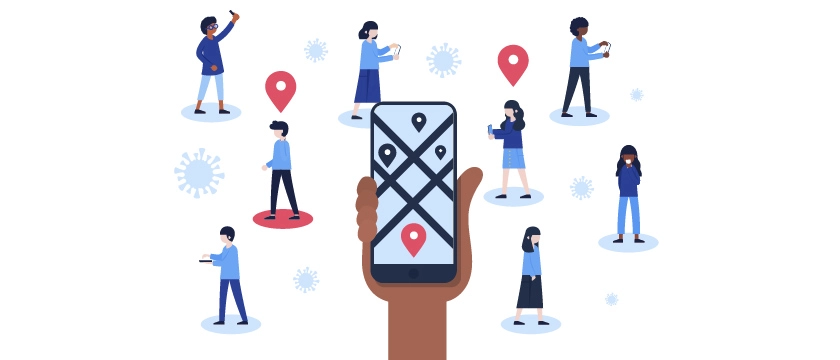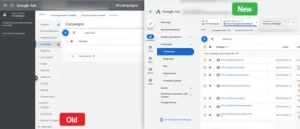Introduction
In today’s ever-changing digital marketing landscape, the ability to accurately target certain audience segments is critical for campaign success. One of the most powerful and effective methods is using location audiences. By leveraging location data, marketers can tailor their messages and offerings to reach individuals based on their geographic location. This blog explores the concept of location audiences, how they work, and their benefits for marketers.
Understanding Location Audiences
Location audiences are groups of people categorized based on their geographic location data. This data is collected from various sources, including GPS-enabled devices, IP addresses, Wi-Fi connections, and check-ins on social media platforms. By analysing this data, marketers can identify patterns, preferences, and behaviours associated with specific locations, this allows them to generate highly targeted and relevant advertisements.
How Location Audiences Work
- Data Collection
- Mobile Devices: GPS and location services on smartphones provide real-time data about users’ physical locations. Apps requesting location access can gather and share this information with marketers.
- IP Addresses: Internet-connected devices have IP addresses that can be traced to specific geographic locations. This method is less precise than GPS but still useful for broader targeting.
- Wi-Fi and Bluetooth: Connections to Wi-Fi networks and Bluetooth devices can also provide location data, particularly in indoor settings like malls and airports.
- Data Analysis
- Geofencing: This technique involves creating a virtual boundary around a specific location. A device entering or exiting this boundary triggers targeted ads or notifications. For example, a retailer can set up a geofence around their store to send promotions to nearby potential customers.
- Behavioural Patterns: By analysing location data over time, marketers can identify patterns such as frequent visits to certain places and tailor their messages accordingly.
- Audience Segmentation
- Local Audiences: Targeting people based on their current location, such as sending ads to users within a certain radius of a business.
- Frequent Visitors: Identify users who frequently visit specific locations and target them with relevant offers. For example, a coffee shop might target regular visitors to nearby office buildings.
- Event-Based Audiences: Targeting individuals who attend specific events, like concerts or sports games, with related promotions and advertisements.
Benefits of Using Location Audiences
- Enhanced Relevance
- Personalized Messaging: Location data allows for highly personalized marketing messages relevant to the audience’s context. This improves the chances of engagement and conversion.
- Timely Offers: Marketers can send time-sensitive offers to users based on location, such as promoting a lunchtime special to office workers.
- Improved ROI
- Efficient Ad Spend: By targeting specific locations, marketers can reduce wasted ad spend on irrelevant audiences, ensuring their budget is used more effectively.
- Higher Conversion Rates: Targeted advertisements are more likely to connect with the audience, resulting in increased conversion rates and ROI.
- Increased Engagement
- Contextual Relevance: Ads relevant to a user’s current location and activities are more likely to capture their attention and prompt action.
- Local Community Building: Engaging with local audiences helps businesses build stronger connections within their community, fostering loyalty and repeat business.
- Competitive Advantage
- Market Penetration: Targeting specific geographic areas allows businesses to penetrate new markets and gain a foothold in competitive regions.
- Local Insights: Understanding the behaviour and preferences of local audiences provides valuable insights that can inform broader marketing strategies.
Practical Applications of Location Audiences
- Retail Marketing
- Store Promotions: Retailers can send promotions to users near their stores to drive foot traffic and increase sales.
- Event Marketing: Using geofencing around events like trade shows or festivals to engage attendees with special offers.
- Hospitality and Tourism
- Travel Offers: Targeting travellers with hotel, restaurant, and attraction offers based on location.
- Local Guides: Providing location-based recommendations for tourists to enhance their experience.
- Real Estate
- Property Listings: Targeting ads for property listings to users in specific neighbourhoods or cities.
- Open House Alerts: Sending notifications about open houses to nearby potential buyers.
- Entertainment
- Venue Promotions: Promoting events at entertainment venues to users in the vicinity.
- Concerts and Sports: Targeting fans attending concerts or sports events with related merchandise and offers.
Conclusion
Location audiences provide a great tool for sending highly targeted and relevant marketing communications to consumers depending on their physical location. Businesses that use location data can increase engagement, boost ROI, and gain a competitive advantage in the market. As technology advances, the possibilities for using location audiences in innovative and impactful ways will only expand, making it an essential tool in any marketer’s toolkit.
To learn more or to acquire our services, please contact us at info@paypercampaign.com





